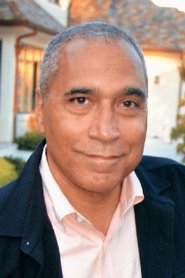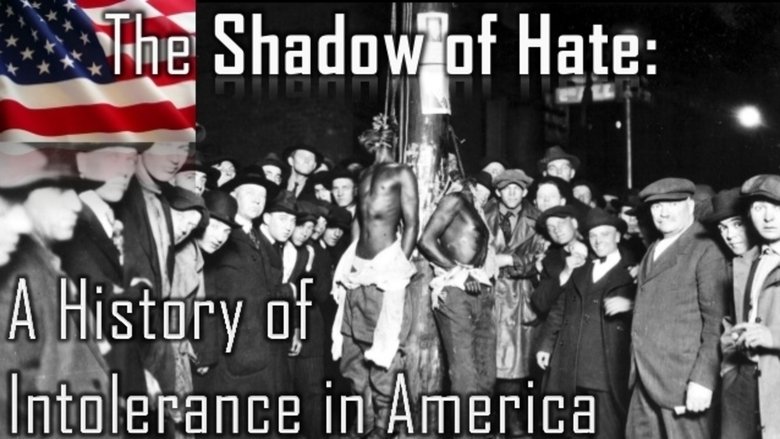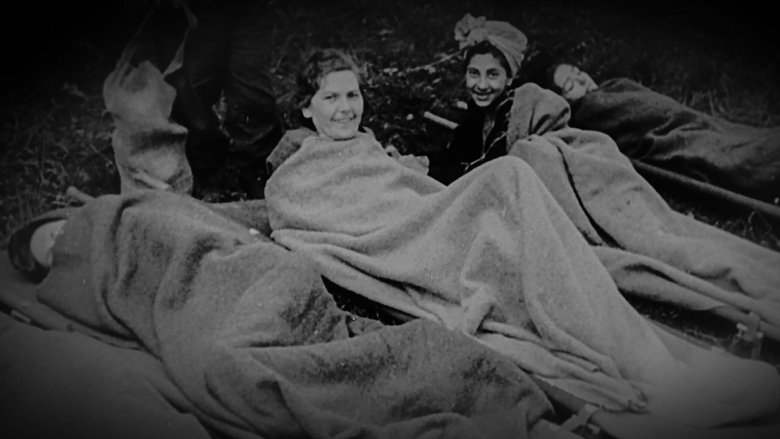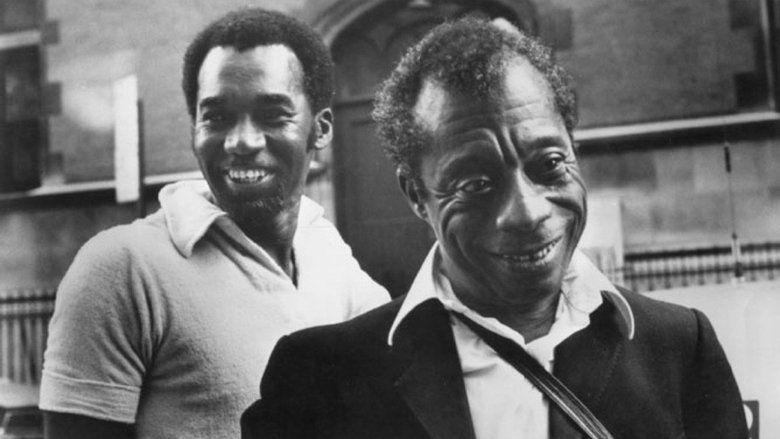
Killing America (2024)
A 38 minute documentary that investigates why antisemitism exploded in Bay Area High Schools after Hamas attacked Israel on October 7. This comes after years of anti-Asian hate and anti-white hate.

A 38 minute documentary that investigates why antisemitism exploded in Bay Area High Schools after Hamas attacked Israel on October 7. This comes after years of anti-Asian hate and anti-white hate.
 Shelby SteeleSelf
Shelby SteeleSelf“Symphonic Sketches” tells the story of one classical music concert performed by the Denver Philharmonic Orchestra. Musicians from diverse racial backgrounds connect to the repertoire in unique ways and stage an unforgettable performance.
Considered one of the first documentary about contaminated water in Uruguay.
Bogart was interested in this project because it offered a chance to work with his new bride. The studio wasn't convinced, but the result speaks for itself.
"A Home On The Range" tells the little-known story of Jews who fled the pogroms and hardships of Eastern Europe and traveled to California to become chicken ranchers. Even in the sweatshops of New York they heard about Petaluma where the Jews were not the shopkeepers and the professionals, they were the farmers. Meet this fractious, idealistic, intrepid group of Eastern European Jews and their descendants as they confront obstacles of language and culture on their journey towards becoming Americans. Jack London, California vigilantes, McCarthyism, the Cold War and agribusiness all come to life in this quintessentially American story of how a group of immigrants found their new home, a home on the range.
With economic and physical challenges in the way a young Japanese expat prepares to compete in a 1000 mile dog sled race to fulfill her mother's dying wish.
Afonsinho, Paulo Cézar Caju and Nei Conceição started their careers in the mid-1960s, a time of strong political repression in Brazil. Originally teammates of a celebrated generation of the Botafogo football team superstars, they did not give up their freedom when the military dictatorship decided to take control of the field.
The film shows one day from waking up in the morning all the way to waking up again the next morning. The everyday situations that many commercials are made of, the little dramas that they create and solve through the product or service they sell, are stitched together into one day. This is a film about the everyday in (German, or Western-European) society because the commercials are part of the everyday of most people (everyone who watches television) and they depict an ideal image of society. The film abundantly uses repetition as an editing technique, in visual ways as described above, but also because commercials can be read in different ways. For instance, Brat baking foil shows up at the evening dinner sequence, when an ovendish is put on the table, and again later on in the sequence about going out to a classic concert, because the clip has classic music.
A City Decides chronicles the events that led to the integration of the St. Louis public schools in 1954. An Oscar-nominated short documentary from 1956.
The Numbers Start with the River is a 1971 American short documentary film about small-town life in Iowa. Produced by Donald Wrye for the United States Information Agency, it was nominated for an Academy Award for Best Documentary Short.
Parents talk about their gay and lesbian children, and how they came to accept their lifestyle.

The film expresses the history of oppression, discrimination, violence and hate in America. It was nominated for an Academy Award for Best Documentary Short.
Sing! is a 2001 American short documentary film about the Los Angeles Children's Chorus, directed by Freida Lee Mock. How do squeaky-voiced 8 year olds become amazing singers? Sing! tells the story of how a community group, amid severe cutbacks in the arts, is able to develop a children's chorus that is one of the best in the country. It was nominated for an Academy Award for Best Documentary Short.
A documentary-comedy about insurmountable cross-cultural barriers
Thoughtful documentary exploring the shocking court decision to grant custody to a child’s father, a convicted murderer, rather than her lesbian mother.
The 40th anniversary of Idi Amin's expulsion of Ugandan Asians in 1972 coincides with the festival of Dussehra in which Hindus celebrate the victory of good over evil. Victims of this forced migration to Great Britain relive the shock and dangers of their escape, the hardship and heartbreak of their journey, arrival and first desperate days, to the turning points as they began to make new lives for themselves.
WHY WE JUGGLE is a portrait of six artists from all over the world and their motivations for juggling. Through juggling, individual worldwide conflicts are being told. For the protagonists, playing with gravity is a counterpart to their harsh realities and a way to escape them for a few moments.

Produced and presented as evidence at the Nuremberg war crimes trial of Hermann Göring and twenty other Nazi leaders, this film consists primarily of dead and surviving prisoners and of facilities used to kill and torture during the World War II.
Roy Hiroshi Matsumoto was an American soldier of World War II. A Nisei, Matsumoto was born in Laguna, California. When he was 8 years old, his parents sent him to live with his grandparents in Hiroshima, Japan. He returned to California nine years later, attending and graduating from Long Beach Polytechnic High School in 1933. He remained in Long Beach when his parents took his brothers and sisters back to Hiroshima. Matsumoto was interned with other Japanese-Americans in the Jerome, Arkansas concentration camp at the beginning of the Second World War. In 1942, he volunteered for the United States Army. He served as a Japanese-language intelligence specialist with Merrill's Marauders in the Burma Campaign during World War II, earning a Bronze Star and the Legion of Merit. Matsumoto remained in the Army for 20 years, retiring after a career in military intelligence as a master sergeant in 1963. At the time of his death he lived with his wife on San Juan Island, Washington.

James Baldwin and Dick Gregory discuss the Civil Rights Movement in 1960s Great Britain.
Mina Smallman’s daughters were murdered. As their killer and police who took selfies with the bodies come to trial, she shares her journey of grief, rage and faith with Stacey Dooley.